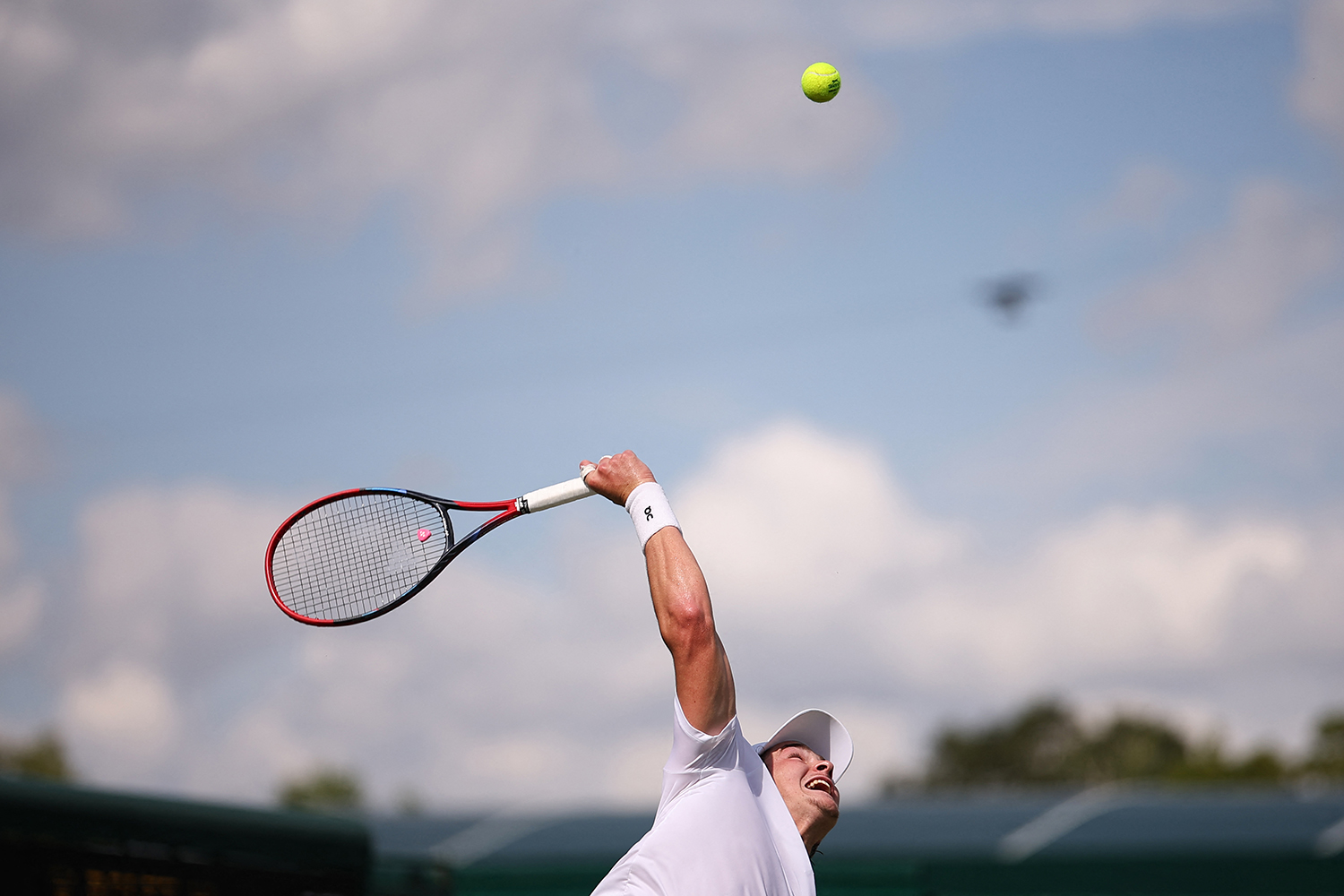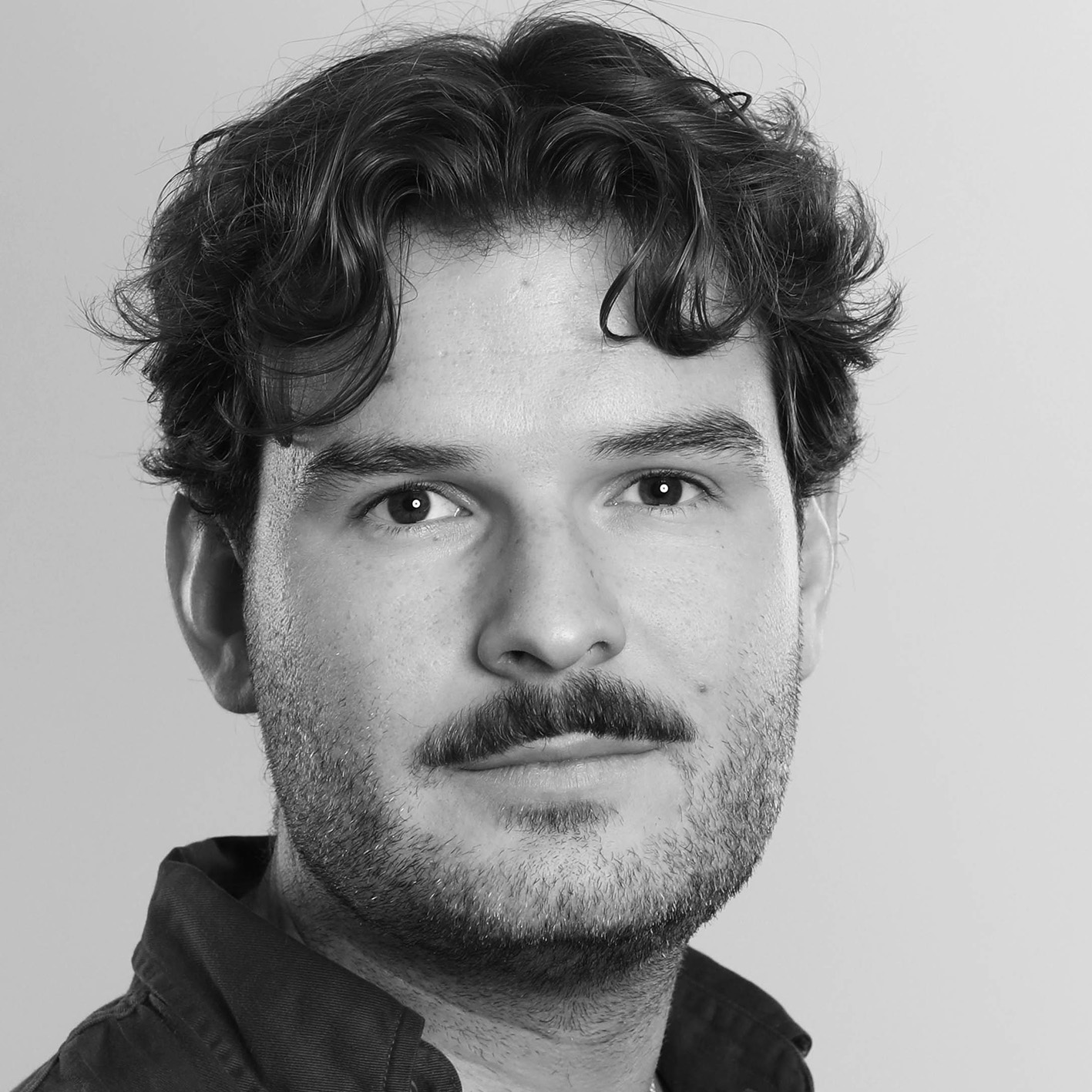Joao Fonseca fizzes with latent possibility. Sporting stars are born in a million different ways, yet realising you are witnessing the start of something special never changes; raw, joyous and gloriously childlike, a reminder of why we watch and care and hope.
And Fonseca is unquestionably something special. Still 18, he’s the youngest player in the ATP top 100 (No 54), the second-highest ranked teenager behind Jakub Mensik. Novak Djokovic said “he has the potential to be a superstar of this game”, while Andre Agassi’s former coach Brad Gilbert wrote that “Fonseca’s level for any age, let alone 18, is simply off the charts”.
The next in Brazil's grand tradition of sporting messiahs, he has that lab-grown tennis-bot look to him: optimal height at 6ft1, slim enough to be agile but still lithe enough to be destructively powerful. Avoid his forehand under any circumstances. If at all possible, do the same to his two-handed backhand. Oh, by the way, his serve regularly tops 140mph. He is a freak of nature, and he’s still growing.
Last year Fonseca became the second-youngest winner of the ATP Next Gen finals – for players aged 20 or younger – behind Jannik Sinner and just ahead of Carlos Alcaraz. In January he won his first-ever grand-slam match in Melbourne by beating ninth-seed Andrey Rublev, then two months later became the first man born in 2006 to win an ATP tour title, dispatching four Argentinians to win the Argentina Open.
He arrived at Wimbledon having played just four tour-level grass matches ever, and promptly annihilated an admittedly out-of-sorts Jacob Fearnley in the first round, his third straight-sets opening win in three grand slams. This made him the first 18 year old to win a main-draw match since Alcaraz in 2021.
Two days later, he watched an errant return float past him, then covered his face with his cap and sobbed. Beating Jenson Brooksby on Wednesday made him the youngest man to reach the third round since 2011, a victory as hard-fought as it was well-deserved. Wimbledon’s Court 12 was largely full from 11am, 1,700 expectant acolytes happy to endure two hours of summer showers to witness the coming of the future.
Of course, this was not flawless, but that only makes it more fun. 51 winners and 45 unforced errors in a four-set match is the stat line of someone gradually comprehending what their body is capable of, incredibly difficult when still developing and altering at teenage pace. A social media account is dedicated to videos of Fonseca falling over mid-match – as he did twice against Brooksby – still making sense of limbs and what to do with them.
But even on a damp, slower pitch, his serve hit 139mph. In the second set, he saved four set points, although a fifth was beyond him. If anything, issues arose from trying to hit the ball too hard, from unnecessarily disrupting his innate rhythm and natural brute force. He has the Federer-esque quality of being able to flow through the gears without appearing to change anything, making it incredibly hard to predict what is coming next.
The mythos and mystique around him is only bolstered by his heritage. Against Brooksby, a game rarely passed without a chorus of “JO-OWWW FON-SAY-CAAA” being triggered by someone draped in a Brazilian football shirt or flag. Brazilian sport thrives on idols, and Fonseca has long been designated the next recipient of their immovable adoration. He already has more than twice Jack Draper’s Instagram following (one million to 448,000). Even the local journalists were chanting his name.
Off court, he’s understated, easy-going and modest, as well as fluent in English, which helps. Given the fervour of the Brazilian market – the fifth-biggest social media market in the world – his marketability is basically endless. Perhaps managing the hype and maintaining some semblance of reality will be the greatest challenge.
Gustavo Kuerten, the greatest Brazilian men’s player ever, never made it past the first round at Wimbledon. No Brazilian man had made it to the third round since Thomasz Bellucci in 2010 – almost every court in the country is clay. The more you think about it, the less sense it makes.
Fonseca’s ambition is to break the top 32 by the end of the year, which appears worryingly achievable. His third-round match is against Nicolas Jarry, a big-serving Chilean who peaked at world No 16 last year but has sunk to No 145. Cameron Norrie potentially awaits after that.
In the longer term, five years and five days between Sinner and Fonseca is a smaller age gap than Federer and Djokovic. If there is to be a new Big Three, he appears the obvious addition, however far there is to go between now and then. This is the start of something special.
Photo by Henry Nicholls/AFP

